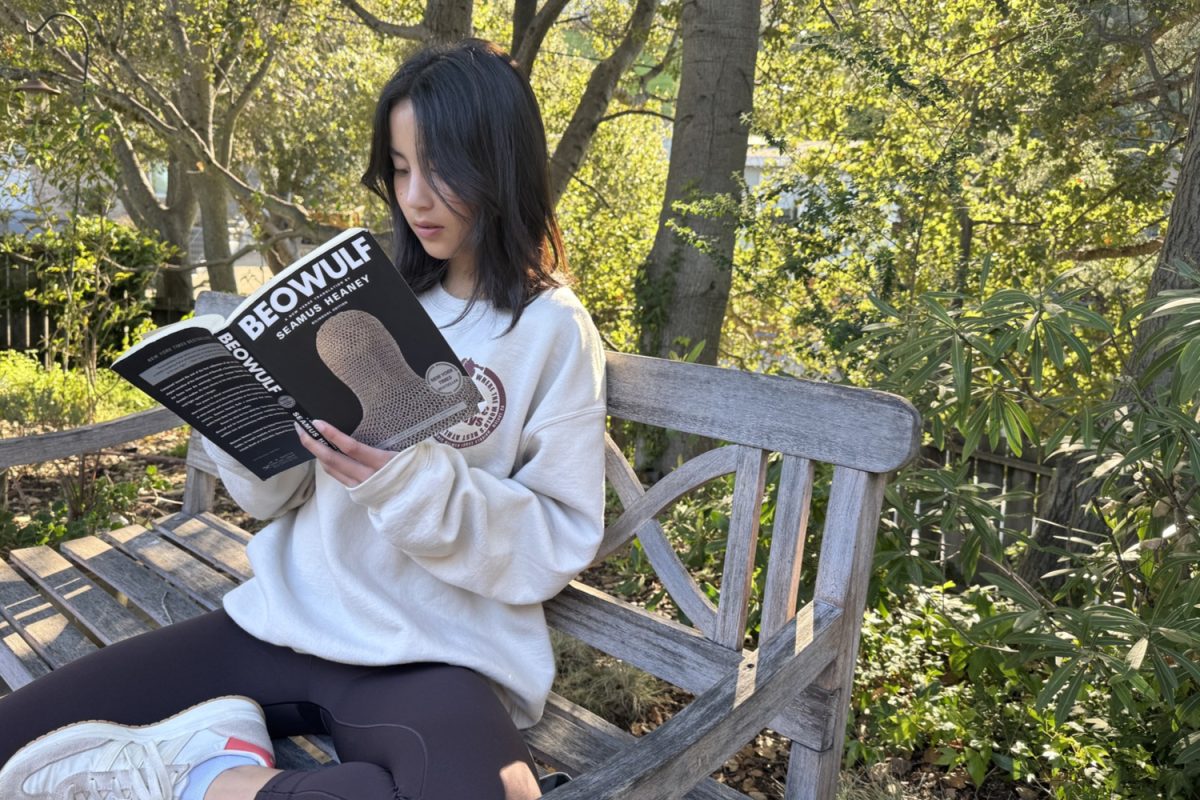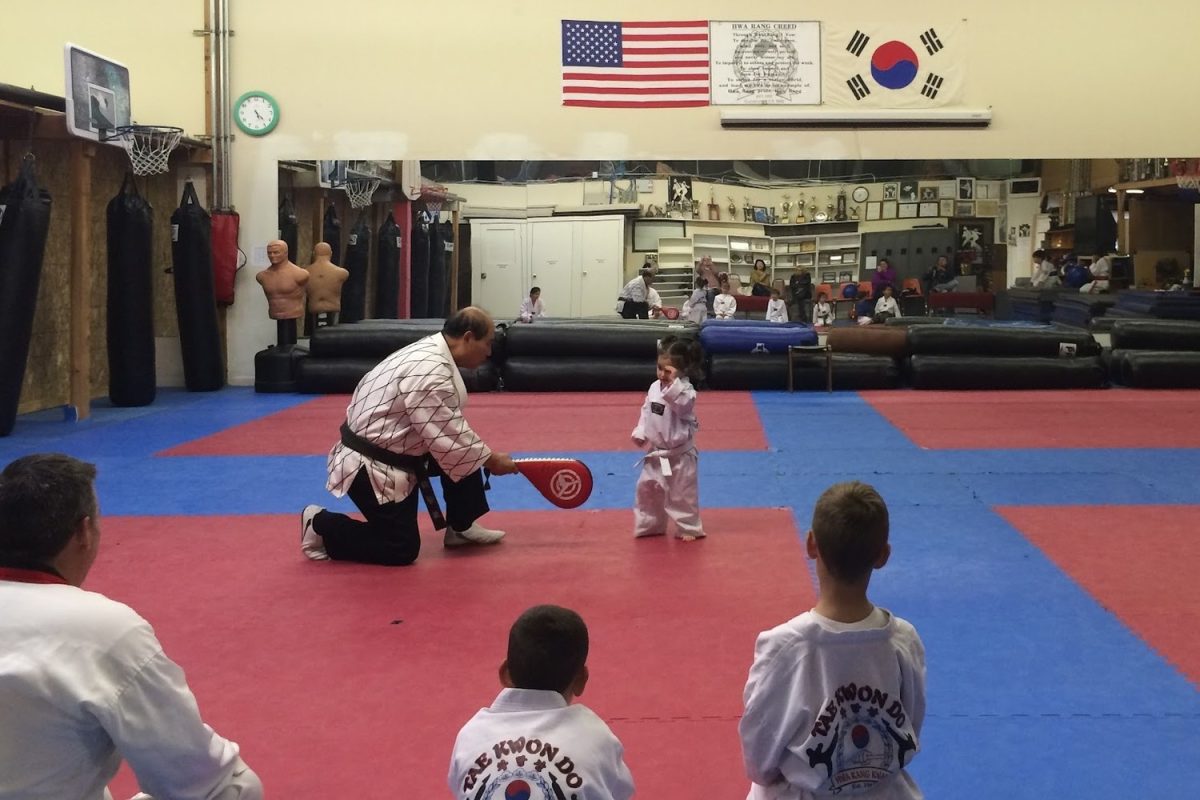Classes have swaths of empty seats. Teachers and students alike are continuing to test positive for COVID-19. Rumors are flying through the halls of Carlmont.
Are there over 600 positive cases in the district? Is it true they’re putting all exposed students in the Performing Arts Center there? Could the schools be going back to virtual learning? In the past couple of days, students have repeatedly asked these questions. No one knows the answers.
The Sequoia Union High School District (SUHSD) has failed to adequately plan for and handle the new challenges that stem from the Omicron variant. It has to do better.
The Omicron variant, a highly contagious variant of COVID-19, was first reported to the World Health Organization (WHO) by South Africa on Nov. 24. According to the Centers for Disease Control and Prevention (CDC), the first case of the Omicron variant in the United States was reported about a week later in San Francisco. It was quickly identified as a variant of concern, and the United States soon suffered dramatic spikes of positive COVID-19 cases.
The current situation is not unexpected. Since the beginning of the pandemic, medical experts have predicted spikes and variants. Steps should have been taken in advance to prepare for an event like this. And with an 18-day winter break without students on any of its campuses, the SUHSD had time to plan a good response, even if it was previously unprepared.
Many other schools did. Numerous private schools prepared for high numbers of COVID-19 exposures and positive test results throughout the Bay Area. In anticipating high case numbers in its students, Notre Dame Belmont (NDB), a local all-girls private school, decided that each student needed to demonstrate proof of a negative test before returning in person.
Until tests are processed, NDB is providing virtual classes to its students to prevent the potential spread of the virus at school. The school provided clear communication and requirements, with numerous emails stressing these guidelines.
In contrast, the schools part of the SUHSD were plagued by poor communication and planning. At Carlmont High School, the only information students received before returning to school was an email sent out on Jan. 3. The email contained wording that merely suggested following COVID-19 protocol rather than taking a definitive stance with clear requirements and pointed to outdated guidelines that contradicted those set by San Mateo County Health.

Their idea of an adequate response was to distribute rapid tests to students during their third-period class after they had already been in school for about two to three hours. Furthermore, students did not have to take or report the results of these tests.
So when school resumed on Jan. 4, with no clear COVID-19 policy in place and no concrete plan for disease prevention, thousands of students and staff, with a significant number of them unknowingly positive, crowded into classrooms. Many students ate their lunches maskless and surrounded by their friends. They participated in a superspreader event that the SUHSD could have prevented.
The other alarming and completely unacceptable aspect of the SUHSD COVID-19 policy is the use of the honor system regarding COVID-19 results. No concrete proof that the student does not have COVID-19 is required, other than a student statement that they are negative. In other words, a student can lie and say they are negative, returning to school with a positive result.
This has already happened. Students have come to school with positive tests that they were dishonest about or taken the “ignorance is bliss approach” and refused to take a test at all. The district honor code policy encourages this behavior – what student would want to miss five days of challenging classes and be drowning in makeup work when they could easily avoid it? If a student or staff member is in close contact, the district should require them to take polymerase chain reaction (PCR) tests and demonstrate proof of a negative result.
The pandemic and its variants are difficult for everyone, the district included. Switching to an online learning model, even temporarily, is a huge adjustment to students and staff. But the SUHSD needs to put the safety of others ahead first. Students and teachers have siblings or children who cannot be vaccinated or elderly and immunocompromised loved ones. Willingly exposing thousands of students, who can then carry the disease and expose these vulnerable groups, is wrong. Keeping people healthy is far more critical than the difficulties of going remote for a few days and requiring tests. At the very least, mandatory rapid tests could have been distributed for students to take at the beginning of their first period when they returned, and those with positive results could have been sent home.
The SUHSD must have a better response to COVID-19. Its current approach leaves students and staff confused and vulnerable to the virus. Improving communication, creating clear rules and steps for exposed and COVID-positive students and staff to follow, and requiring proof of tests rather than relying on personal claims of negative results are simple ways to do so. If they continue with their current procedures, many more students and staff will continue to be infected, affecting the health, education, and lives of themselves and their loved ones.
*This article reflects the views of the editorial staff and was written by Elle Horst.























